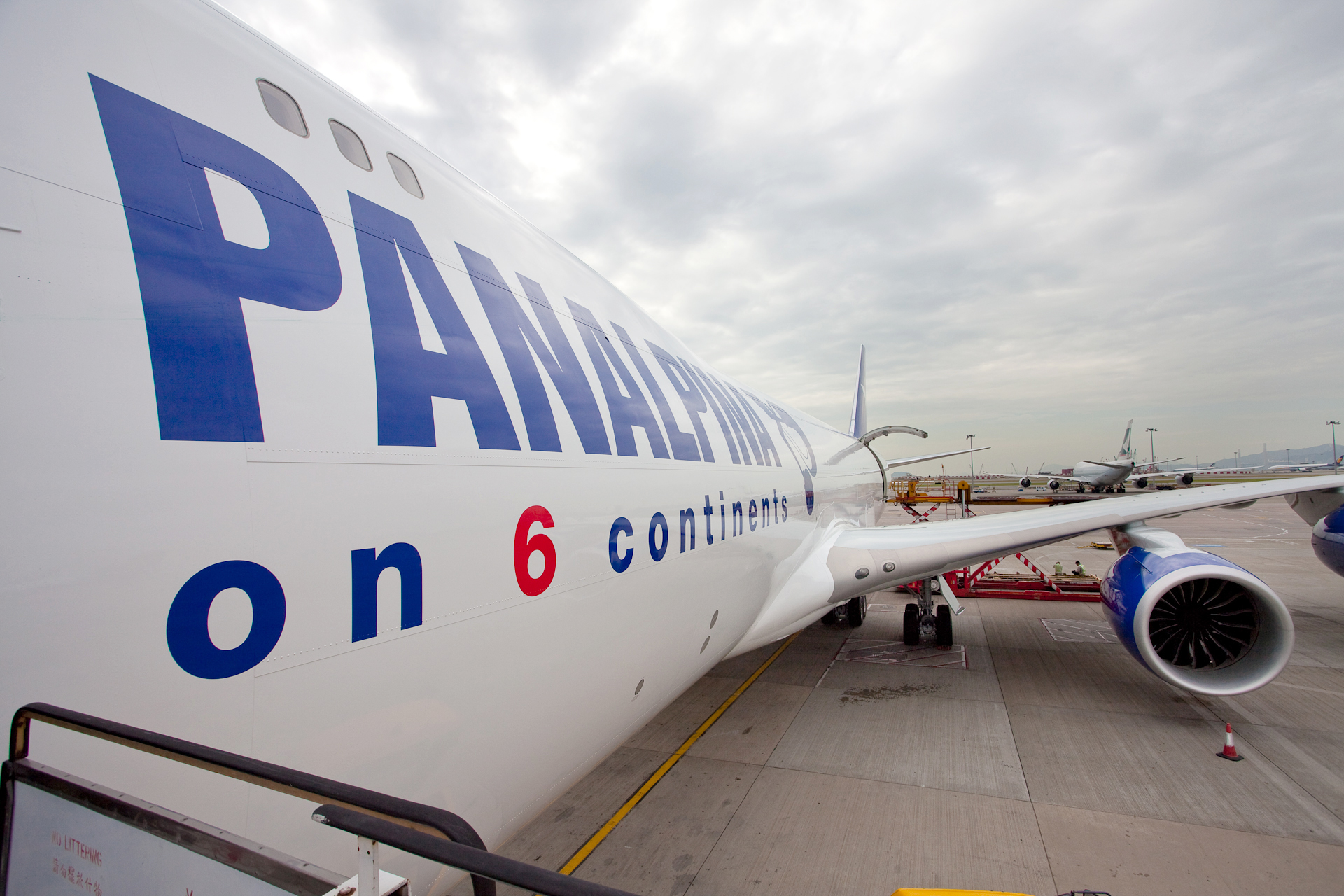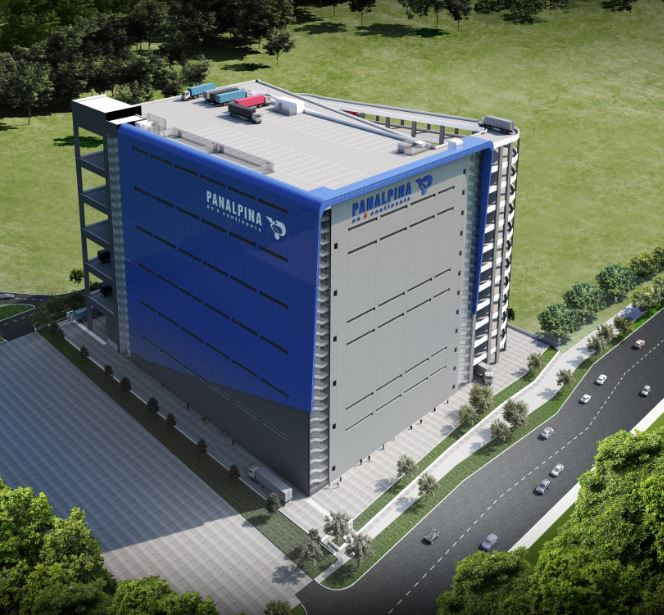
Panalpina’s traditional and well–established biggest trade of Europe to Asia will remain but will be used as a base to grow the intra-Asian and transpac markets.
“We have made good inroads in the intra-Asia market with double digit growth over the past couple of years. We’ve been growing on the back of strong automotive production and volumes into and out of China and India primarily, as well as pharmaceutical traffic from Singapore,” Sou Ping Chee, Regional Head of Air Freight Asia Pacific for Panalpina told Payload Asia in an interview.
“There is still a lot of room to grow, also in the garment and perishables segment in emerging markets. So we see the opportunity to gain more foothold and more market share across different industries.”
This will be done via a strategy of “more intensive effort” on sales and product development Chee said.
In the frame for the future are China and India, with the plan being to expand the company’s footprint into the former’s second tier cities. Chee was hesitant to name them immediately but with a working definition being cities with populations between three and fifteen million and GDP between USD 68 and USD 299 billion it’s a sizable business opportunity.
It also marks a significant new step for Panalpina. Last year the company opened two new offices in the very different, Cambodia and Myanmar. “Six months in and we are seeing very, very good growth and a lot of potential,” said Chee. Cambodia especially “continues to surprise us.” Covering that country’s booming garment trade Panalpina is moving just over one thousand tonnes a month, he added.
According to Chee, the strategy is similar on the transpacific routes, with sales and product development being given a lot more resources.
Upcoming plans in August are to increase the flights out of Hong Kong to Huntsville/Miami then onto Brazil, from two to three times weekly. These flights carry substantial automotive and high-tech goods which are some the fastest growing segments on this trade lane. “We are capturing not just Latin American but shipments to the East Coast of the US,” he said.
What helps here is Panalpina’s Charter Network. Not that a company as swish as Panalpina is aligning itself with buccaneer pilots to move goods needed and quickly. Charters for them are not a stop gap measure, but a way of being flexible over time with capacity, whilst not tying themselves to either specific planes or even types of aircraft.
On its website, the company refers to itself as being asset-light. That it is, but it is not capacity-limited by being so.
What Panalpina does is sign contracts with highly reputable firms to lease a plane(s) for a year or so. This gives it a great amount of flexibility on key routes. On the Hong Kong-Miami-Brazil route, the plane can either be a B747F of either the -400 or the -800 type, depending on what is needed above and beyond what the company already has booked on other carriers.
“It’s a good complement with what’s available on the commercial airlines,” explained Chee of the Charter Network.
The proof of this will be obvious in August when twice-weekly Shanghai to Luxemburg is supplemented by a once a week Hong Kong to Amsterdam service. This is the first regular charter flight in recent times that Panalpina is adding on a commercial basis to Europe from South China.
Underpinning all this will be the new Build-To-Suit (BTS), but still to be named logistics facility in Singapore – another key part of the ongoing re-balancing.

“This is Panalpina’s largest ever warehousing investment outside Europe in the company’s history,” said Matthew Gallagher, Panalpina’s Country Head of Sales, Singapore. The building features a unique yard and container storage on the rooftop, state-of-the-art automation and air conditioning on all floors.
Construction is currently on track said Chee, and it is scheduled to be ready for customers in the first quarter of 2018. The new 30,000 m2 facility might sound run-of-the-mill to land-rich airports but in compact, crowded Singapore it is a lot of space. Together with Panalpina’s other facilities at Changi Airport, the Asia-Pacific LCL hub, as well as the multi-user facilities in Changi North and Jurong, the company’s warehousing footprint in Singapore will soon increase to 100,000 m2 – a significant amount and milestone.
When land is as scarce as it is in the city state, it will be one of only three buildings in Singapore to have yard and container storage on the rooftop, with the ability to store containers up to two levels high.
Each of the building’s six floors and the rooftop will be serviced by dedicated loading bays and cargo lifts. This is going to be a state of the art facility in one of the world’s key hubs allowing Panalpina to keep on offering competitively a range of services to its client base.
“Singapore is a very important consolidation hub for ocean and air freight. We plan to offer our services in this area including value-added logistics services to new customers; particularly in the healthcare, technology, manufacturing, consumer and retail as well as fashion industries. And, of course, we will continue to service existing customers including global telecom equipment manufacturers, sporting goods retailers and medical equipment companies,” said Gallagher.
It does though go further. Upon completion, the facility will also be air-conditioning ready, meaning the ducts will already have been built into the structure of the building, allowing for multiple temperature settings, or as Chee put it “customization of temperature or climate control by zone,” on all floors.
Whilst the warehouse will give support to a range of existing customers the customization of temperatures and climate will allow two significant new product lines to emerge. “We will now be able to aggressively pursue perishables and it’s now possible to do cross-selling between air freight and logistics,” said Chee of the facility’s significance as a business tool.
“We have been building and expanding our infrastructure and setup in the pharmaceutical sector out of Singapore over the last few years in our hardware but also software. This rides on Singapore’s push towards becoming a pharmaceutical distribution hub for the region. The upcoming BTS facility with full climate control capability we believe will further deepen and strengthen our product offering and value adding capability in the sector.
“We are also targeting perishables logistics in the new facility, which should give us the opportunity to tap into growing food logistics supply chain opportunities in the region, and to be able to offer an end-to-end solution,” Chee said.
What Panalpina is doing in Singapore is not just hardware, a lot of work has already been done on the IT side. Singapore was the pilot station for the company’s new IT system, which is being rolled out globally as Chee pointed out. This new operational platform which will become the standard system will be another advantage to Panalpina as certain functions will now be outsourced. “The idea is to consolidate certain functions in certain countries to take advantage of wage arbitrage,” explained Chee.
Perishables are a big thing within Panalpina who have set up the Panalpina Perishables Network. They also bought a Kenyan cut flower company and Chee makes it clear, without giving names, Panalpina is looking for similar companies in Asia. It is not becoming a back-to-the-land company, hoes and pruners will not be standard staff gear, but it is looking to buy finished perishable products firms.
The move to cross-selling rests on the facility’s proximity to the port. Even with the facility being based on the opposite side of the island from the airport, which stubbornly remains on the East side of Singapore, there is still the attractiveness and uses of the facility. “It could be a bundle solution, including warehousing,” Chee told Payload. This fits in to how Panalpina sees the market developing.
Recent turbulence in the sea market, not so much in the rates but because of events are forcing a deep rethink. “We do believe there has been a sizable modal shift two years ago from air to ocean and the trend is now reversing,” said Chee before adding “there has been a lot of ocean to air conversion of late.”
Among the events leading to the rethink are the problems at West Coast ports, the Hanjin bankruptcy, “the first wake up call” as Chee called it and the recent Maersk cyber attack.
Though difficult for the shippers (sorry guys), it’s a help to air freighters. The final quarter of last year was one of the strongest the sector has seen and with the market not having stabilised yet, according to Chee: “Both in terms of demand and spot pricing our expectation is it’s going to be a very strong peak season this year.”
He also reports a telling convergence between the spot and the contract rates. “That gap has closed significantly,” he said.










